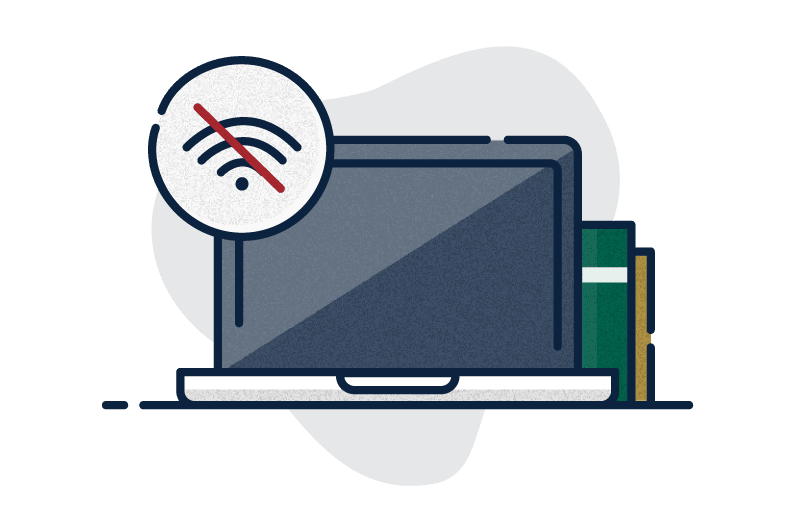Digital divide
The term digital divide refers to the technology divide between countries, demographic groups and economic areasGroups affected by the digital divide:
- people living in cities versus in rural areas
- people educated in using technology versus uneducated in using technology
- older versus younger people
- areas that are more industrially developed versus less industrially developed
- different socio-economic groups

Cities vs rural
The infrastructure for the availability of broadband and high-speed internet connections is much more developed in city locationsthan it is in rural locations. The most likely cause is linked to the higher concentration of people that live in a city,
compared to a rural area.
Reducing the digital divide in rural areas
The quality of the infrastructure in rural areas could be improved. Many governments around the world are working with
internet providers and offering incentives to improve the infrastructure in rural areas. One solution to this is to use
satellite technologies. This limits the amount of infrastructure that needs to be developed, whilst still providing access
to the internet.
Technology educated versus technology uneducated
Different types of technology have different interfaces and different methods for use. Without a certain level of educationin how to use technology, it can often seem very daunting. There may be several different reasons why people are not
technologically educated. It may be that they do not have much access to technology and therefore do not have much experience
in using it. Certain individuals may lack an interest in using technology, yet they are forced to do so in order to
access specific products and services.
Reducing the digital divide with the technologically uneducated
One effective way of reducing the digital divide with the technologically uneducated is to provide accessible technology courses
in local communities. Courses can be offered for free, or at a low cost, that people can attend to improve their education
in the use of technology.
Older people versus younger people
Generational gap can pose challenges in effective communication between younger and older individuals. Younger people may feelmuch more confident using technology as they have far more experience with it. Older people may feel less confident about using technology
because they have experienced a world before smart phones and the internet and have used alternative methods. They may feel that
the use of technology makes the task much more difficult.
Reducing the digital divide between younger and older people One of the biggest barriers to older people using technology is likely to be their fear of it. Incentives to get
older people to see the advantages of technology are developing in many countries. Singapore is actively encouraging its older
generation to embrace technology. Retirement villages incorporate various technologies, including health-monitoring sensors.
More industrially developed areas versus less industrially developed areas
Access to technology may be less in some areas because the countries are having to use their financial resources to provide moreimportant services and DO NOT have the funds available to concentrate on the development of their technology services. Not having the
access to technology and the internet could put them at both a competitive and economic disadvantage.
Reducing the digital divide in less industrially developed areas
Satellite technology may assist remote areas to access the internet. Governments can try to promote the business and products
that they could offer if they had better infrastructure and access to the internet. They hope that other countries will invest
and help the country to build the necessary infrastructure.
Different socioeconomic groups
 Socio-economic groups often revolves around cost. Richer people can afford higher-speed internet connections and
Socio-economic groups often revolves around cost. Richer people can afford higher-speed internet connections andexpensive advancements in technology. The lack of access to information can greatly impact the poor. People in poorer
circumstances would benefit from the education services such as free online learning platforms would provide.
Reducing the digital divide in different socio-economic groups
Many countries are developing initiatives that provide technology at a subsidised rate or even for free to those in poorer communities.
Many organisations are starting to work together to provide the internet in developing countries.